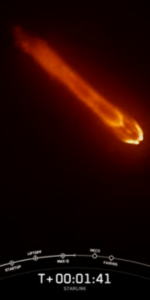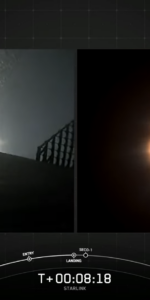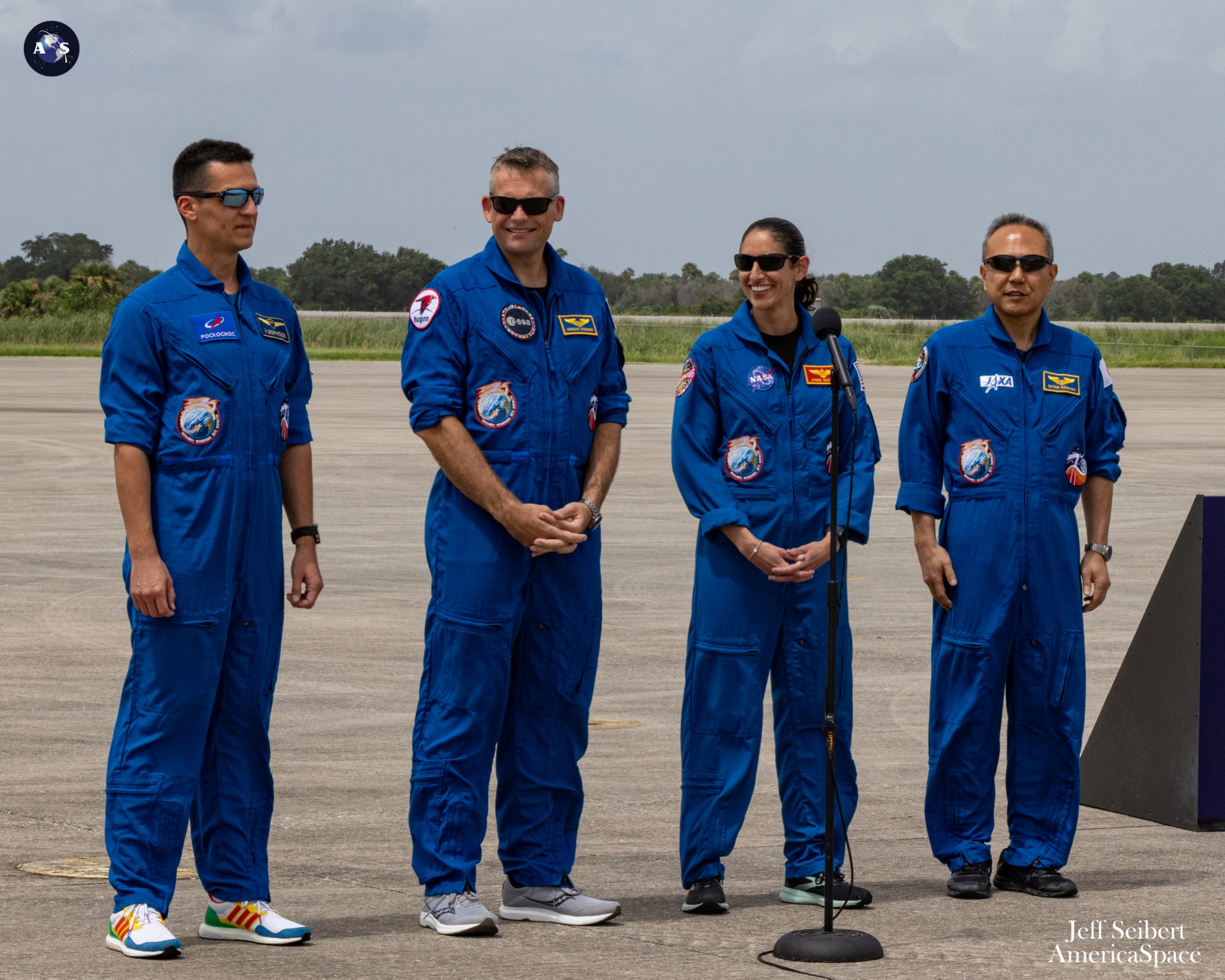
SpaceX and NASA wrapped up a seven-hour Crew-7 Flight Readiness Review (FRR) earlier on Monday, verifying that systems and hardware are ready to support the launch of Dragon Endurance and her four-member Crew-7 team—Commander Jasmin Moghbeli of NASA, Pilot Andreas Mogensen of the European Space Agency (ESA) and Mission Specialists Satoshi Furukawa of the Japan Aerospace Exploration Agency (JAXA) and Konstantin Borisov of Roscosmos—from historic Pad 39A at the Kennedy Space Center (KSC) at 3:49 a.m. EDT Friday, 25 August. Assuming an on-time liftoff in Friday’s pre-dawn darkness, Moghbeli and her crew will dock autonomously at the space-facing (or “zenith”) port of the Harmony node at 2:02 a.m. EDT Saturday to kick off a six-month stay on the International Space Station (ISS), spanning Expeditions 69 and 70.
In comments provided earlier today, NASA Commercial Crew Program Manager Steve Stich noted that teams are aiming for a trio of launch opportunities, with an expectation that a full weather outlook for the weekend—including Probability of Go and Probability of Violation statistics—will begin to emerge on Tuesday. If Friday morning’s launch attempt is called off, another pair of “instantaneous” T-0 points are available, “if we need those,” said Mr. Stich, at 3:26 a.m. EDT Saturday and 3:04 a.m. EDT Sunday.
Crew-7 marks the first Crew Dragon mission to represent as many as four sovereign nations, a circumstance which ISS Program Manager Joel Montalbano explained came about chiefly in response to the levels of contribution by each of the station partners. Denmark’s Mogensen will become the first non-U.S. astronaut to serve in a piloting position and in late September will rotate into the command of Expedition 70, the first Dane to do so.
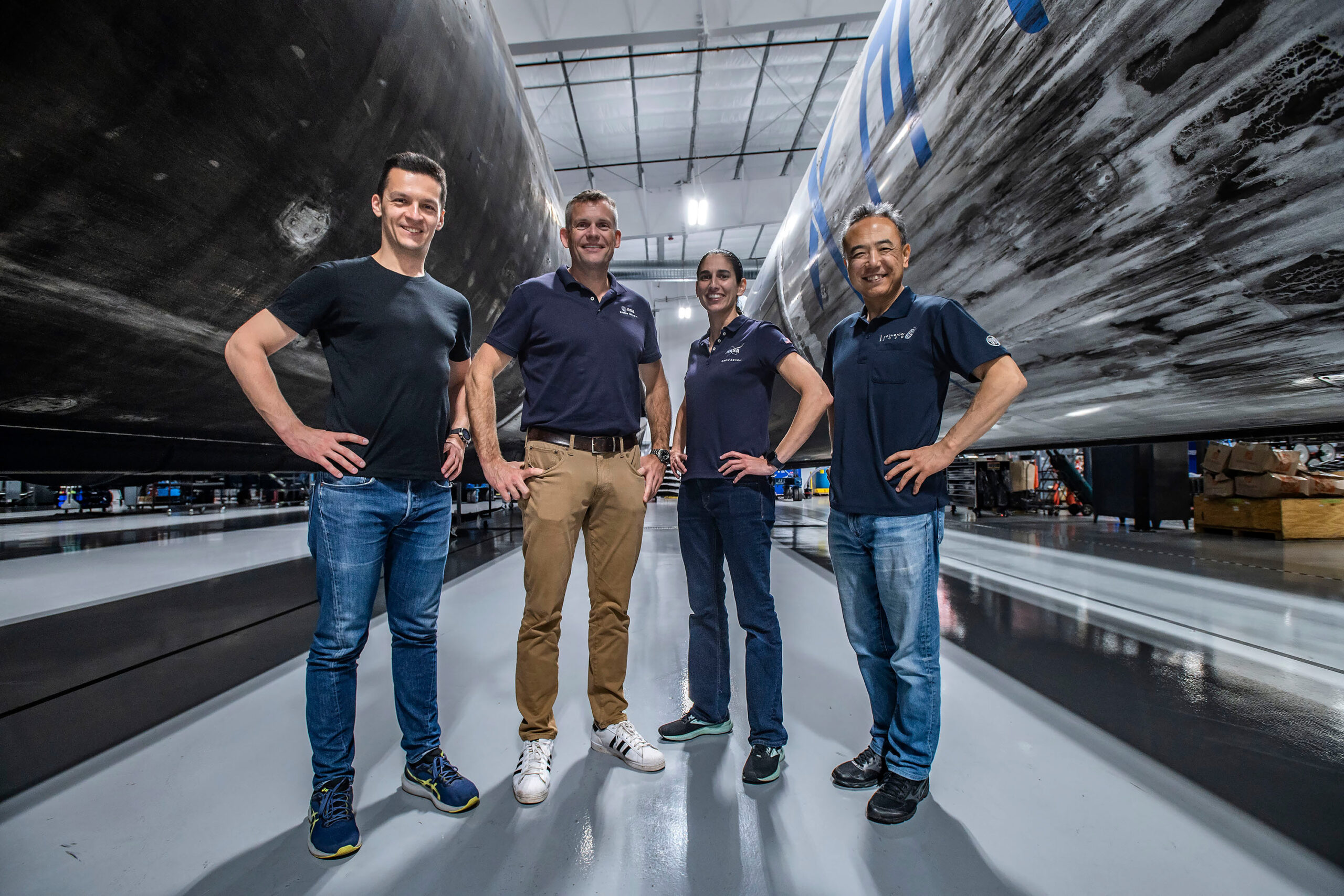
Assembly of this crew got underway in March 2022, when Moghbeli and Mogensen were assigned to command and pilot Crew-7, the former set to become only the second woman in history to lead a crew on her first space voyage. More recently, last May Furukawa was named as one of two mission specialists, followed in June by Borisov, who becomes the third Russian cosmonaut to fly a Commercial Crew vehicle, in the aftermath the signing of last year’s integrated crew contract between NASA and Roscosmos.
Crew-7 will fly Dragon Endurance, the third in-service member of the Crew Dragon fleet, which is primed for her third trek into orbit. To date, she has logged a pair of long-duration ISS missions, totaling more than 333 days and over 5,300 orbits of Earth.
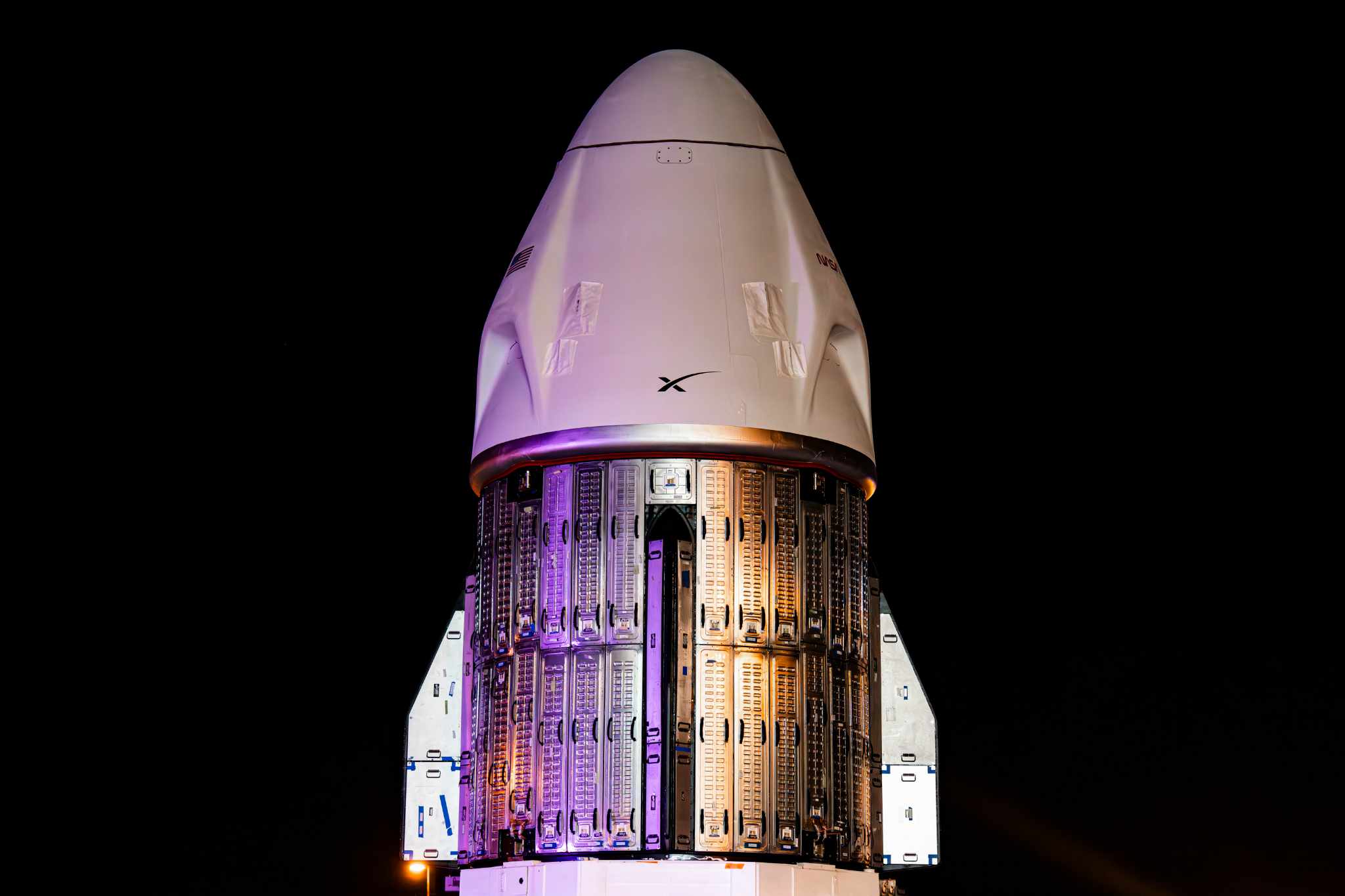
As has become Crew Dragon tradition, Endurance was named by her first team of astronauts, the Crew-3 quartet—Commander Raja Chari, Pilot Tom Marshburn and Mission Specialists Kayla Barron and Germany’s Matthias Maurer—partly in honor of Sir Ernest Shackleton’s Antarctic exploration vessel. But also, as Chari remarked in 2021, the name derived from the “tenacity of human spirit” and offered a respectful nod towards the training and production workforce which labored through the COVID-19 pandemic to get the vehicle ready to fly.
Endurance first launched on 11 November 2021, delivering Chari, Marshburn, Barron and Maurer—a crew which included the oldest and youngest U.S. occupants of the ISS—for a six-month station stay. Following their return to Earth on 6 May of 2022, wrapping up over 176 days in space and more than 2,800 orbits, Endurance was rapidly turned around for her second mission late the following fall.
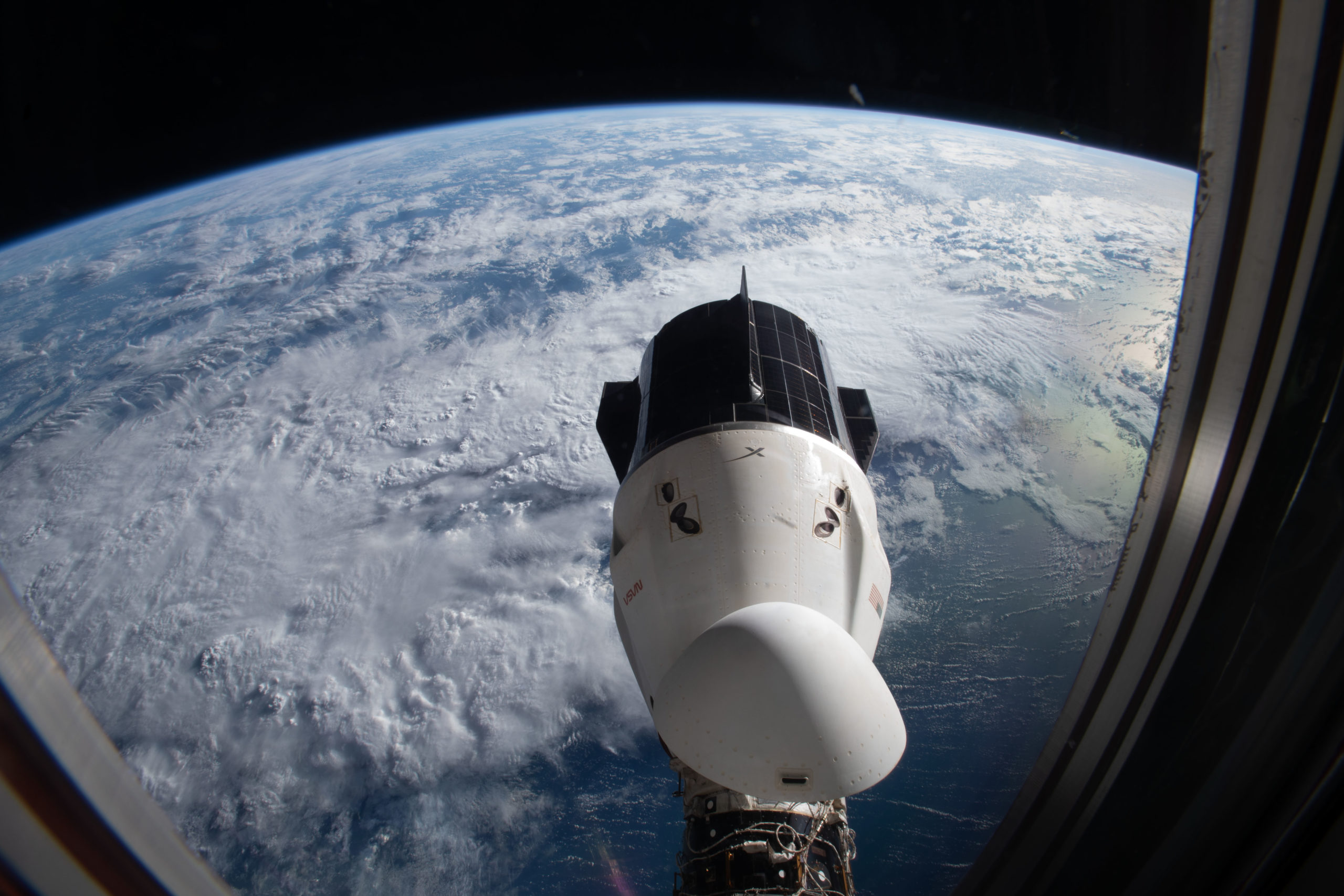
She rose again to space last 5 October, carrying NASA astronauts Nicole Mann and Josh Cassada, Japan’s Koichi Wakata and Russian cosmonaut Anna Kikina, the latter of whom became the first Roscosmos flyer to ride a Commercial Crew vehicle. Their 157-day increment ended last 11 March, after more than 2,500 Earth orbits, positioning Endurance as the second most-flown member of SpaceX’s crew-carrying fleet.
When she reaches orbit, she will join the incumbent record-holder—her sister ship, Endeavour—which is nearing the end of a six-month stay in support of the Crew-6 increment and has already surpassed 450 cumulative days across four ISS-bound missions. But by the time Endurance returns home with Moghbeli, Mogensen, Furukawa and Borisov in the spring of 2024, she will definitively take the lead, closing out the third voyage of her spacefaring career with as many as 500 total days.
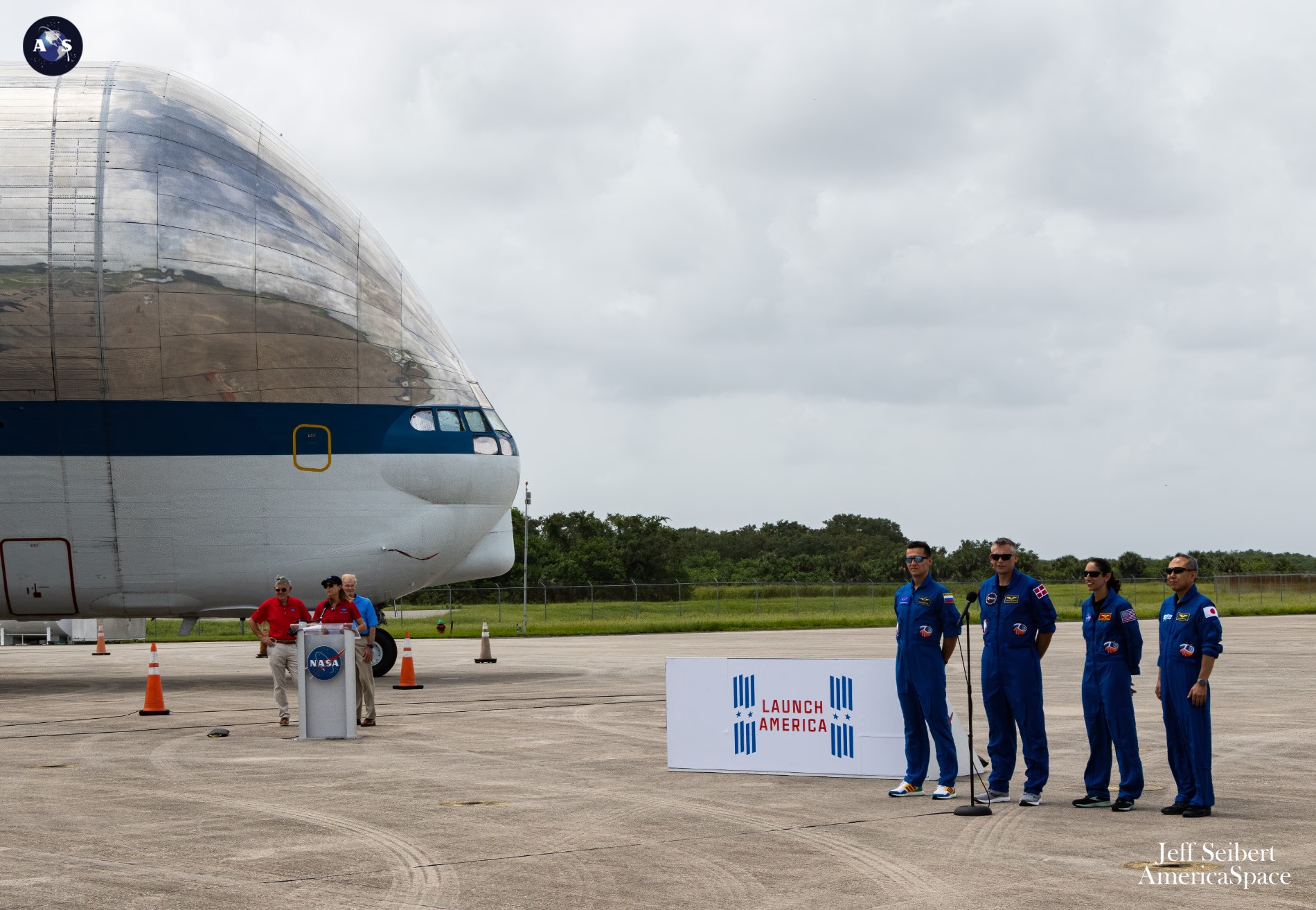
Last Friday, gleaming in the darkness, Endurance arrived at Pad 39A for integration with her brand-new booster, tailnumbered “B1081”, the fourth all-new, “single-stick” Falcon 9 to enter service in 2023. And overnight Sunday/Monday, the booster—which stands 230 feet (70 meters) tall—was rolled out from the Horizontal Integration Facility (HIF) to the Pad 39A surface for a customary Static Fire Test of the nine Merlin 1D+ engines.
According to Mr. Stich in his remarks earlier today, the Static Fire Test is precisely timed for about 7:49 a.m. EDT Tuesday and the nine Merlins will burn for about six seconds, before shutting down. Elsewhere, Crew-7 will conduct a Dry Dress Rehearsal on Tuesday to practice their day-of-launch activities, including transfer out to the pad, strap-in and communications checks with flight controllers and egress from the vehicle.
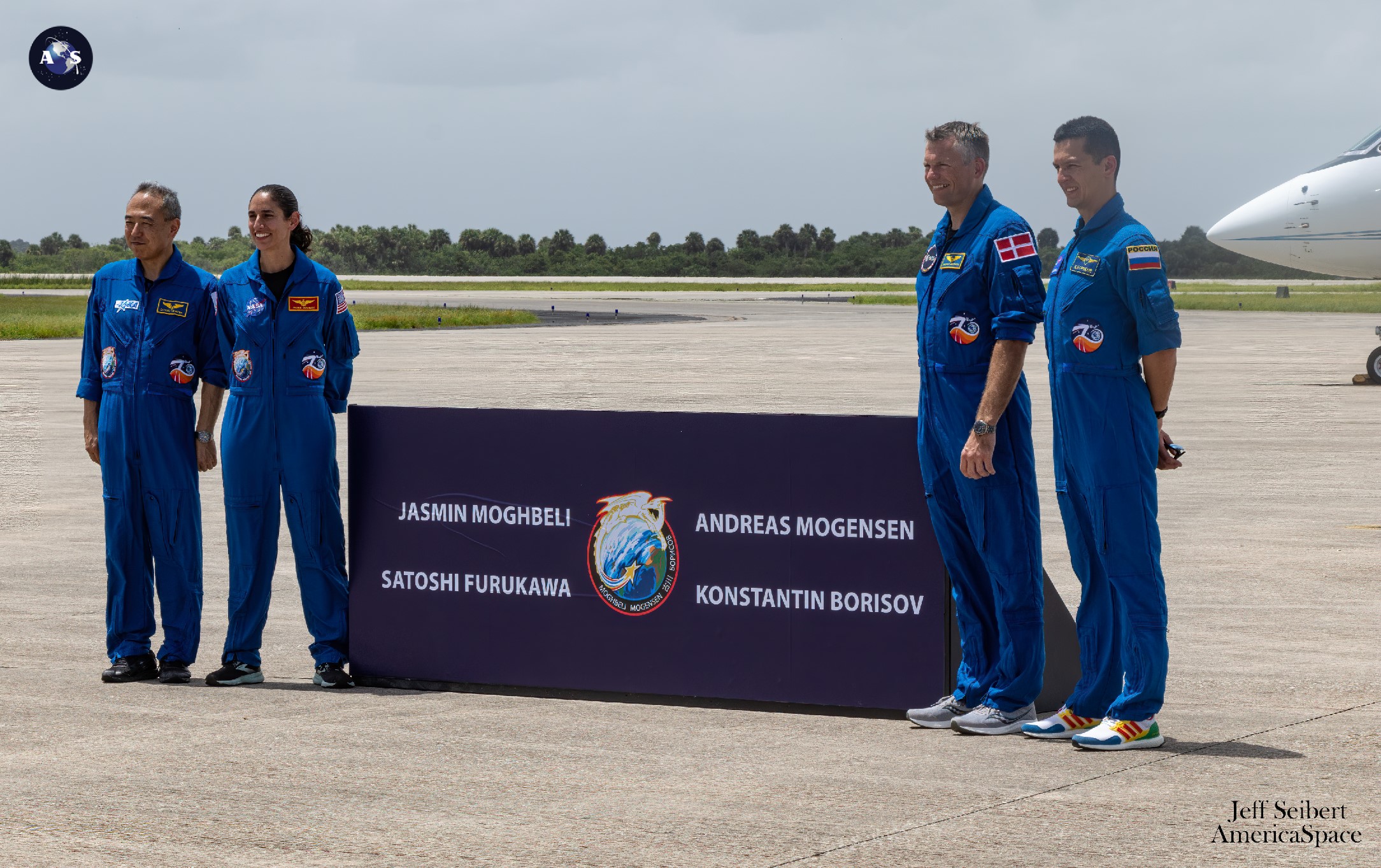
An on-time launch at 3:49 a.m. EDT Friday will result in an approximately 22.5-hour rendezvous, before Endurance docks autonomously at the zenith port of the Harmony node about 2:02 a.m. EDT Saturday. Moghbeli’s crew will be welcomed aboard the sprawling orbital outpost by the incumbent Expedition 69 complement—Commander Sergei Prokopyev, his Russian crewmates Dmitri Petelin and Andrei Fedyayev, U.S. astronauts Steve Bowen, Warren “Woody” Hoburg and Frank Rubio, together with Sultan Al-Neyadi of the United Arab Emirates (UAE)—and a handover period will take place.
Although NASA leaders would not be drawn on a specific return date for Crew-6’s Bowen, Hoburg, Al-Neyadi and Fedyayev, it is expected to occur about five days later, provisionally placing their parachute-assisted splashdown aboard Endeavour at the very end of August or the first day or two of September. And that will wrap up more than 180 days in space for the four spaceflyers, who launched to the ISS back in March.
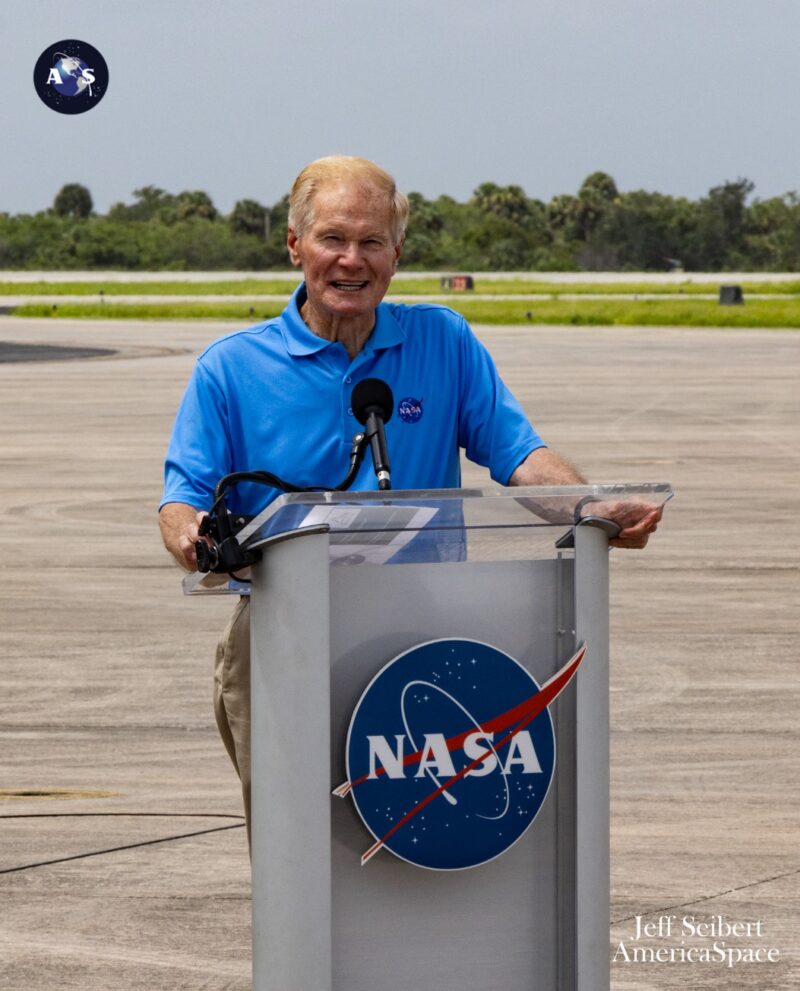
Expedition 69 will continue under Prokopyev’s command for the next several weeks, until Soyuz MS-23 launches from Kazakhstan on 15 September, carrying Russian cosmonauts Oleg Kononenko and Nikolai Chub, together with NASA’s Loral O’Hara. Twelve days later, Prokopyev, Petelin and Rubio will return home aboard their Soyuz MS-22 spacecraft after 370 days aloft, with Rubio setting a new endurance record for the longest continuous space stay of any U.S. astronaut.
With Prokopyev’s departure, Expedition 69 will transition to Expedition 70, under Mogensen’s command, through next spring. The crew will support around 300 experiments, including some 81 “new” investigations, and welcome or bid farewell to as many as seven crewed and uncrewed visiting vehicles.




